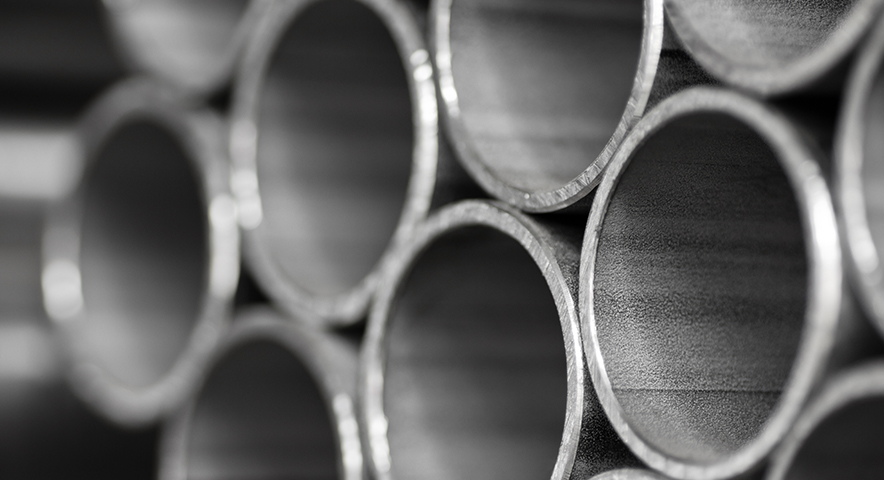The steel pipes play a vital role in transmitting oils, gases, and water in various industries. These are cylindrical tubes made from raw steel materials undergoing various transformation processes. Have you heard of seamless and welded pipes? Pipe welding or welded pipes is where the two pipes are joined by using the welding techniques. The seamless pipes are single hollow pipes in the middle and do not have visible welded marks or lines, unlike welded pipes. However, it becomes a debate while choosing the welded and seamless pipes. Many steel dealers in Chennai suggest selecting the pipes depending on the purpose and requirements of the project. The differences between seamless and welded steel pipes are based on production methods, cost, resistance, and related factors. Hence, in this post, let us briefly see different techniques that vary them.
Production method:
The foremost difference between the seamless and welded pipes is the production method. The seamless pipes get that smooth finish by undergoing an extrusion process. The raw casted steel billets are placed inside the heating chamber at a high temperature, offering a sufficiently strong force with the piercing machine to create a hollow. However, various casting methods are employed to produce seamline pipes with perfect smooth consistency outside.
In the welded pipes or Electronic Resistance Welding method (ERW), the steel sheets are rolled continuously till the cylindrical shape is achieved. However, an electric current is passed at the end of the pipes, which melts and combines them. The ERW method is used for welding MS chequered plate, sheets, and strips for commercial and industrial purposes.
Hardness:
Another significant difference between the seamless and welded pipes is the strength or hardness. Pipes are used majorly for transmitting fluids and gases. In the case of fluid transmission like water, the pipes should be able to handle the pressure of the water. If the tube is used for units like air conditioning, it should be prone to different temperatures.
The welded are less prone to varying temperature and high pressure. The welded lines on the pipes can detach the pipes from one another under varying environmental conditions. Due to the absence of welded seams in the seamless pipes, the pressure is evenly distributed even at different temperatures, making them ideal for transmission.
Rust-resistance:
Thirdly, manufacturers can provide rust or corrosion resistance to the metals through the galvanization process. The metal, for example, a SAIL TMT bar, must be hot-dipped in a bath filled with molten zinc. So, after removing them from the bath, the zinc reacts with the metal and forms a layer that is resistant to corrosion.
The galvanization for the welded pipes does not stay longer due to chemical and environmental factors. The welded joints react with the zinc and lead to deposits that can eventually lower the quality of the material. In the case of seamless pipes, the zinc coating adheres well with the surface of the metal due to the lack of welded joints and extrusion process.
Hence, these significant differences differentiate welded and seamless pipes. However, choosing the appropriate pipe depends entirely on the project’s purpose. Bharat steel is the best JSW steel dealers in Chennai and provides quality steel pipes used extensively for all transmission purposes.

